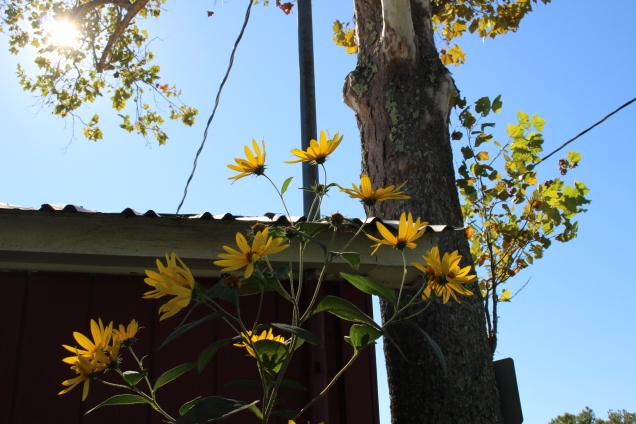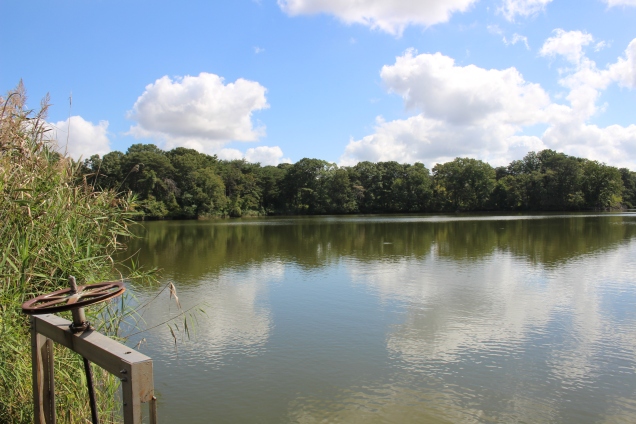My ethic regarding the Chesapeake Bay has evolved over the course of the semester, maturing and expanding past simply using the resource carefully and trying to learn more about the issues surrounding it, to largely fall under the category of responsible citizenship. As a citizen, I should not only be aware of the issues, continue to learn more about them, and care about my personal use of the Bay. I should also be concerned with how other people in the watershed act and the ways in which various levels of government work on ensuring that the Bay is used more responsibly and cleaning it up; then I need to get involved on multiple levels. Making personal changes is a good start, but I would like to engage on more community based and political levels as well, following my Chesapeake Ethic and fulfilling my role as a responsible citizen. During the last segment of this semester we have focused on the resources and regulations aspect of the Chesapeake. By examining this topic through the lens of food, I have been able to gain the perspectives of the provider mindset of food producers, the ethics of food, and responsible consumerism, which provide us with a better and more complex understanding of the Chesapeake and responsible citizenship.
When visiting the Davis brothers’ poultry operation and talking with waterman, Mark Connolly, in order to learn how they felt about regulations in their industries, we were provided with the insight of how they saw themselves as providers. In a conversation about the ethics of mass producing animals for food and the consequent pollution created from their waste, Mr. Olin Davis said that he believed they were doing something amazing as poultry farmers: helping to feed the world (personal communication, 2015). Mr. Connolly espoused similar sentiments in saying that he, “feed[s] people for a living” (personal communication, 2015). In both cases it was understood that the farmers and waterman felt that they knew how to take care of the resources provided by the land and water best in order to fulfill the noble deed of feeding people, and that the bad reputation their industries receive are due to a few bad farmers and watermen. Thus, we discovered a new reason why they didn’t agree with some regulations. Learning about this provider mindset helped add dimension to the basic, dichotomous idea that farmers and watermen are either treated unfairly by regulations while they try to make a living or not regulated harshly enough because they damage our environment just to make a profit.
Ethics regarding food production and consumption ran even deeper with some of the people we met, the exploration of which further deepens our understanding of the Chesapeake. When we asked Judy Gifford, a small dairy farm owner in Kent County, MD, if she chooses to pasture raise her cows for ethical reasons, she was hesitant to say yes out of caution for labeling other dairy farmers as unethical. However, she did say that in this method of farming, her cows got to be outside in the sunshine and “act like cows” by participating in herd behavior (personal communication, 2015). Her refusal to “think mechanically about the land and its creatures” exemplifies the connection between the land and agriculture that Wendell Berry promotes in Renewing Husbandry (2005).
On the consumption side of food ethics, we learned the power that consumers have in making positive change within the Bay by demanding food that is treated more humanely and grown more healthfully. At Steinweg Port Facility in Baltimore, MD, we witnessed a warehouse containing 15,000 tons of organic animal feed to produce organic beef. The port invested an immense amount of money in the ability to receive, house, and transport this commodity, which shows that being a responsible consumer, which is part of being a responsible citizen, does have the ability to make a difference. The perspective of food ethics helps us better understand how we can change and improve the Chesapeake by replacing mechanical farming with husbandry and being a responsible consumer.
Throughout this exploration of resources and regulations, we have developed a better and more complex understanding of the Chesapeake and of responsible citizenship, the foundation for my evolved Chesapeake Ethic, through the perspectives of the provider mindset many food producers have, food ethics, and responsible consumerism. These perspectives have added new dimensions to classic debates over regulations, and increased understanding of how to produce and use resources more ethically and in a more environmentally responsible manner. This deeper understanding of the Chesapeake enables me to become engaged in various levels of active citizenship in order to help improve the health of Bay.





